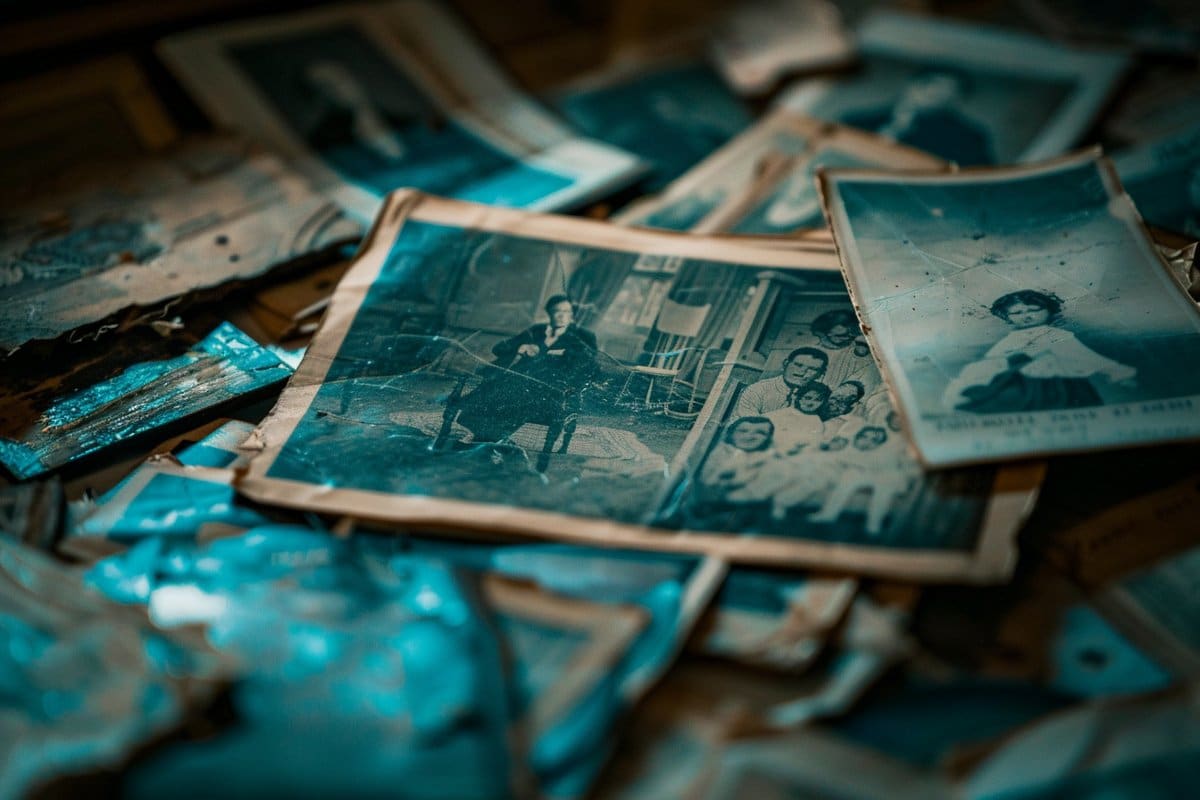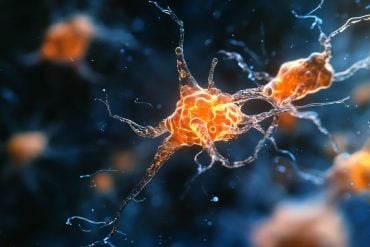Summary: Researchers uncovered how the brain chooses which daily experiences to convert into long-term memories during sleep, pinpointing “sharp wave-ripples” in the hippocampus as the crucial mechanism. This phenomenon suggests that events followed by sharp wave-ripples are more likely to be consolidated into permanent memories. The research reveals that these ripples occur during idle pauses that follow sensory experiences, acting as a natural tagging system to replay and strengthen specific neuronal patterns in sleep, thereby facilitating memory formation.
Key Facts:
- Sharp Wave-Ripples as Memory Tags: Experiences followed by sharp wave-ripples in the hippocampus are more likely to become long-term memories.
- Idle Pauses and Memory Replay: These ripples occur during idle pauses after waking experiences, with tagged patterns reactivated during sleep.
- Potential for Memory Enhancement: Understanding sharp wave-ripples may lead to future therapies or devices that can improve memory or mitigate traumatic recollections.
Source: NYU Langone
Neuroscientists have established in recent decades the idea that some of each day’s experiences are converted by the brain into permanent memories during sleep the same night.
Now, a new study proposes a mechanism that determines which memories are tagged as important enough to linger in the brain until sleep makes them permanent.
Led by researchers from NYU Grossman School of Medicine, the study revolves around brain cells called neurons that “fire” – or bring about swings in the balance of their positive and negative charges – to transmit electrical signals that encode memories.
Large groups of neurons in a brain region called the hippocampus fire together in rhythmic cycles, creating sequences of signals within milliseconds of each other that can encode complex information.
Called “sharp wave-ripples,” these “shouts” to the rest of the brain represent the near-simultaneous firing of 15 percent of hippocampal neurons, and are named for the shape they take when their activity is captured by electrodes and recorded on a graph.
While past studies had linked ripples with memory formation during sleep, the new study, published online in the journal Science on March 28, found that daytime events followed immediately by five to 20 sharp wave-ripples are replayed more during sleep and so consolidated into permanent memories. Events followed by very few or no sharp wave-ripples failed to form lasting memories.
“Our study finds that sharp wave-ripples are the physiological mechanism used by the brain to ‘decide’ what to keep and what to discard,” said senior study author György Buzsáki, MD, PhD, the Biggs Professor of Neuroscience in the Department of Neuroscience and Physiology at NYU Langone Health.
Walk and Pause
The new study is based on a known pattern: mammals including humans experience the world for a few moments, then pause, then experience a little more, then pause again. After we pay attention to something, say the study authors, brain computation often switches into an “idle” re-assessment mode. Such momentary pauses occur throughout the day, but the longest idling periods occur during sleep.
Buzsaki and colleagues had previously established that no sharp wave-ripples occur as we actively explore sensory information or move, but only during the idle pauses before or after.
The current study found that sharp wave-ripples represent the natural tagging mechanism during such pauses after waking experiences, with the tagged neuronal patterns reactivated during post-task sleep.
Importantly, sharp wave-ripples are known to be made up the firing of hippocampal “place cells” in a specific order that encodes every room we enter, and each arm of a maze entered by a mouse.
For memories that are remembered, those same cells fire at high speed, as we sleep, “playing back the recorded event thousands times per night.” The process strengthens the connections between the cells involved.
For the current study, successive maze runs by study mice were tracked via electrodes by populations of hippocampal cells that constantly changed over time despite recording very similar experiences. This revealed for the first time the maze runs during which ripples occurred during waking pauses, and then were replayed during sleep.
Sharp wave-ripples were typically recorded when a mouse paused to enjoy a sugary treat after each maze run. The consumption of the reward, say the authors, prepared the brain to switch from an exploratory to an idle pattern so that sharp wave-ripples could occur.
Using dual-sided silicon probes, the research team was able to record up to 500 neurons simultaneously in the hippocampus of animals during maze runs. This in turn created a challenge because data becomes exceedingly complex the more neurons are independently recorded.
To gain an intuitive understanding of the data, visualize neuronal activity, and form hypotheses, the team successfully reduced the number of dimensions in the data, in some ways like converting a three-dimensional image into a flat one, and without losing the data’s integrity.
“We worked to take the external world out of the equation, and looked at the mechanisms by which the mammalian brain innately and subconsciously tags some memories to become permanent,” said first author Wannan (Winnie) Yang, PhD, a graduate student in Buzsáki’s lab.
“Why such a system evolved is still a mystery, but future research may reveal devices or therapies that can adjust sharp wave-ripples to improve memory, or even lessen recall of traumatic events.”
Along with Drs. Buzsáki and Yang, study authors from the Neuroscience Institute at NYU Langone Health were Roman Huszár and Thomas Hainmueller. Kirill Kiselev of the Center for Neural Science at New York University was also an author, as was Chen Sun of Mila, the Quebec Artificial Intelligence Institute, in Montréal.
Funding: The work was supported by National Institute of Health grants R01MH122391 and U19NS107616.
About this memory research news
Author: Gregory Williams
Source: NYU Langone
Contact: Gregory Williams – NYU Langone
Image: The image is credited to Neuroscience News
Original Research: Closed access.
“Selection of experience for memory by hippocampal sharp wave ripples” by György Buzsáki et al. Science
Abstract
Selection of experience for memory by hippocampal sharp wave ripples
Experiences need to be tagged during learning for further consolidation. However, neurophysiological mechanisms that select experiences for lasting memory are not known.
By combining large-scale neural recordings in mice with dimensionality reduction techniques, we observed that successive maze traversals were tracked by continuously drifting populations of neurons, providing neuronal signatures of both places visited and events encountered.
When the brain state changed during reward consumption, sharp wave ripples (SPW-Rs) occurred on some trials, and their specific spike content decoded the trial blocks that surrounded them.
During postexperience sleep, SPW-Rs continued to replay those trial blocks that were reactivated most frequently during waking SPW-Rs. Replay content of awake SPW-Rs may thus provide a neurophysiological tagging mechanism to select aspects of experience that are preserved and consolidated for future use.







